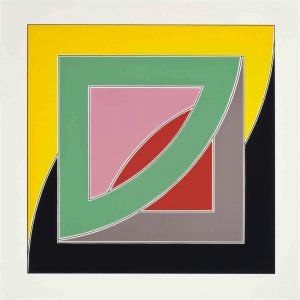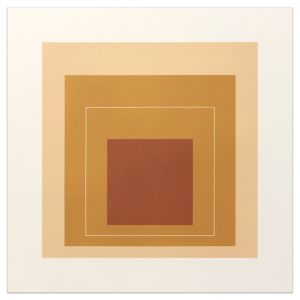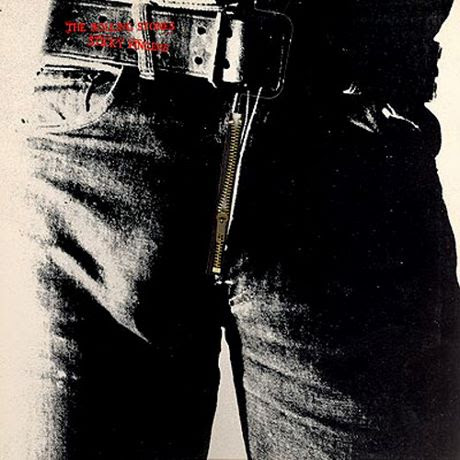
|
Andy Warhol About the work: One of the last portfolios Andy Warhol would produce before his untimely death in 1987 was his renowned Ads series. The 10 prints that make up the series are based on some of the most popular and successful ad campaigns and logos from Andy Warhol’s lifetime. They are considered to be particularly important because of Warhol’s fascination with advertising, consumerism and commercialism, which were three major facets of his entire body of work. Having begun his artistic career in advertising, Andy Warhol, more than any other artist of his generation, understood how the reproduced image had come to reflect and shape contemporary life in America. This week’s Work Of the Week! WOW! is Paramount. In this work, Andy Warhol masterfully depicts the snow-capped mountain in white, making the image pop out to the viewer. He also skillfully plays with the yellow, red and green coloring causing the word “Paramount” and the halo of stars to seem three-dimensional or animated. That Warhol chose Paramount over any other film studio is fitting in many ways. It is well-known that Warhol was fascinated with stardom and fame. He loved being surrounded by the Hollywood elites. One of his most famed images is that of Marilyn Monroe, he was smitten with Liz Taylor, and even promoted his own “Warhol Superstars” such as Baby Jane Holzer, Edie Sedwick and Candy Darling, to name a few. Founded in 1912, Paramont Pictures, is the second oldest film studio in the US. The story behind the Paramount logo is that each of the 22 original contracted actors and actresses of the studio was honored with one of the stars of the halo atop the mountain peak, which made them the original “movie stars.” There is no doubt that Andy Warhol, the man who coined the famous “15 minutes of fame” phrase, would have loved where the term “movie star” originated from. The Paramount Logo as a portrait? : A Mysterious Connection There is another, more personal and less well-known connection between Andy Warhol and the Paramount Pictures Company. In 1980, he met Jon Gould who was a 27 year old vice president of marketing at Paramount Pictures. Warhol was deeply infatuated with the film executive, and over the course of 5 years, the two shared a close bond that defied easy description. They lived together in Warhol’s townhouse until 1985. Jon Gould is the most photographed subject of Andy’s oeuvre, and while Andy created many portraits of him during their time together, those close to Warhol have insinuated that the inclusion of the Paramount logo in the Ads series, may be considered an abstract portrait of the young man Andy cared for. |














